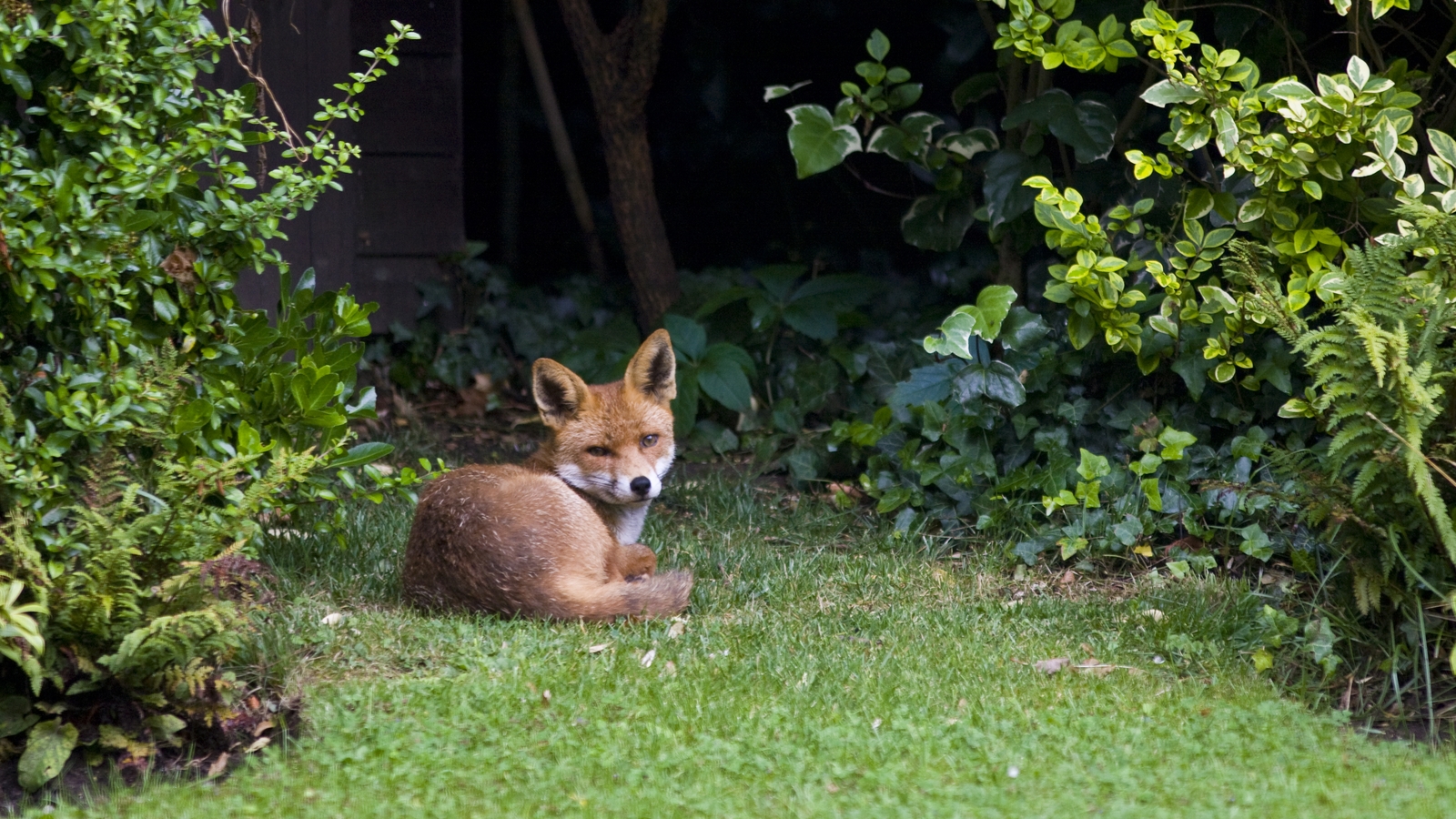Why the fox has moved into our cities - RTE.ie
Why the fox has moved into our cities - RTE.ie |
| Why the fox has moved into our cities - RTE.ie Posted: 15 May 2020 01:39 AM PDT  Analysis: how we live in urban areas has created the ideal ecosystem for urban foxes to thrive (and it's not good news for grey squirrels) Meeting a fox in a city is like meeting a friend in another country. It feels like the individuals and surroundings don't match. But foxes are adaptable, especially to cities. All over Europe in the last century, they moved in to took their place in cities from London to Dublin to Geneva. Why did this happen? The patterns that humans live in cities change and allowed ecological space for urban foxes. The canals, railways, streams and rivers provided them with corridors in and out of built-up areas. Waste foods, rodents, mowed green spaces (which provide earthworms) and ignored dead spaces allowed foxes to thrive. Changes in how humans view foxes probably also assisted in the spread of the fox into urban areas, as did the sprawling suburbs.
People misleadingly think of foxes as dogs but they are small, not much bigger than a cat, and very flexible both physically and ecologically. They can, and do, live entirely on flotsam and jetsam found on sea shores, or in the wilds of Mongolia without cover. All of this has put them are among the most successful wild carnivores in the world. In Ireland in urban and rural areas, they tend to kill and eat rabbits, rodents and birds, especially ground nesting birds. Their high numbers are one of the factors causing a decline in ground nesting birds, such as grouse, lapwings and ducks. This is why both conservationists and game keepers try to eliminate them each spring, during bird breeding season. Foxes kill rats and urban foxes are well placed to get many. When rabbits largely disappeared after myxomatosis in the last century in Ireland, rural foxes often switched to rats. When foxes were widely killed for their fur in the 1970s, the predator pressure from foxes on grey squirrels vanished, allowing the grey squirrels to spread rapidly, especially across Northern Ireland, reaching, for example, Coleraine in 1990s. We will come back to grey squirrels! From RTÉ News, Aideen Holohan from Kildare Animal Foundation who is fostering fox cubs Predators such as foxes often have bigger ecological effects then their numbers would suggest and urban foxes are likely to have major effects on the entire urban ecosystem. Two examples illustrate this: blackberries and those grey squirrels. Like many predators, foxes eat a lot of plants, especially fruits (they are very fond of fruit). We now know that badgers in the countryside have a role in dispersing blackberries and other fruits. After they eat the berries, their guts strip off the seed coat which helps the seed germinate, and then the badger "plant" the seeds in pits, called latrine pits. This sowing improves the habitat not only for badgers but a variety of wildlife. Urban foxes are likely to play a similar role, though perhaps not as big a role, in the dispersal of fruits in urban area. Grey squirrels are an invasive species which have caused a decline in red squirrels. They are plumper than reds and spend a lot more time on the ground. It has been found that the decline of grey squirrels in the midlands was linked to the presence of pine martens, a once rare carnivore which climb trees. Research indicates that the grey squirrels' larger size makes them more prone to bring killed by pine martens, more prone then the lighter red squirrels. From RTÉ News, fox cubs playing in a Dublin suburban garden as filmed by Ronan Murphy Similar to the blackberries, foxes will take grey squirrels on the ground and the density of foxes is likely to have a lot to do with how fast grey squirrels' spread. This is of interest as grey squirrels destroy trees and it is hoped their spread can be stopped both here and in Britain. The densities of foxes vary, though there are a lot more where there are large gardens in the more affluent suburbs. Here, they tend to breed and then disperse out into other urban areas as well as the countryside. A marked change in the ecology of countryside near cities has been the increase in foxes which, in turn, must be having a knock-on effect on that ecosystem. Urban foxes also have a role as hosts of a variety of diseases and parasites, which is why they are the focus of many studies in Britain and elsewhere in Europe, notably Switzerland. For example, they carry a number of parasitic worms which are a public health risk and their effects on human and animal health are well known. In a new way of looking at health, called One Health, it is now standard to look at the health of the entire ecosystem at the same time; people, domestic animals and wild animals all at the same time. It will take studies of all aspects of fox ecology, diet, survival and health as well as their prey and their association with plants to fully understand urban fox ecology, but it may well prove very worthwhile. The views expressed here are those of the author and do not represent or reflect the views of RTÉ |
| You are subscribed to email updates from "parasitic diseases examples" - Google News. To stop receiving these emails, you may unsubscribe now. | Email delivery powered by Google |
| Google, 1600 Amphitheatre Parkway, Mountain View, CA 94043, United States | |
Comments
Post a Comment